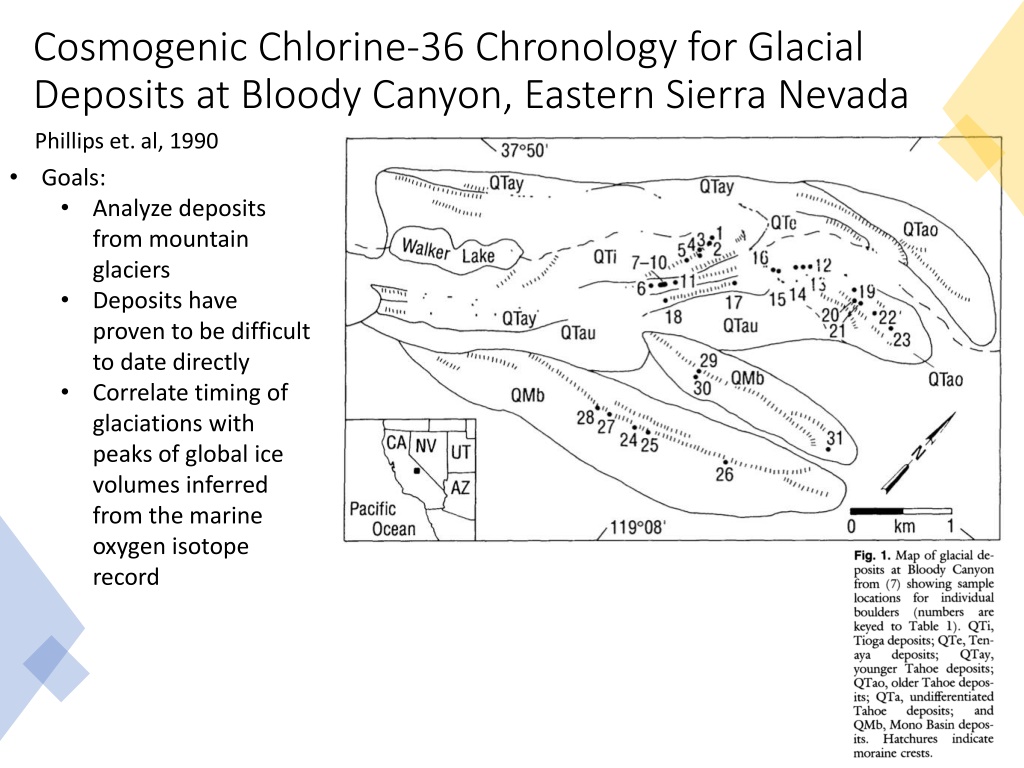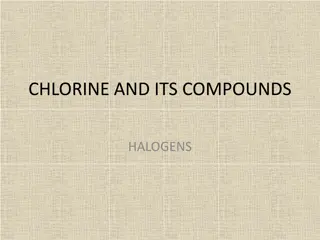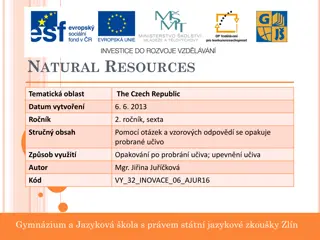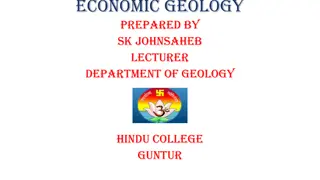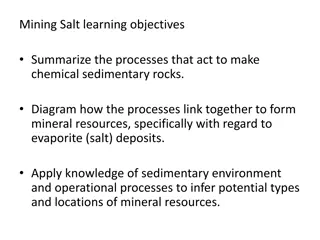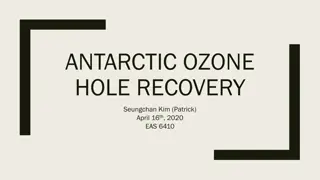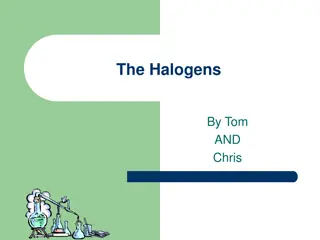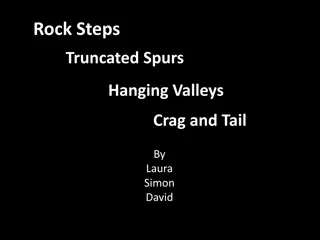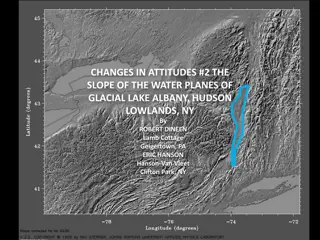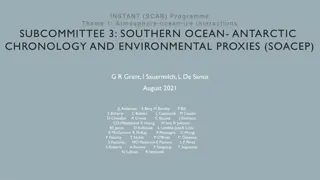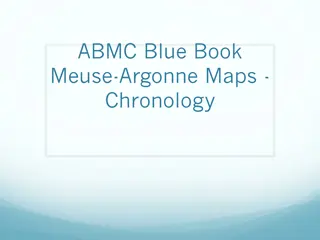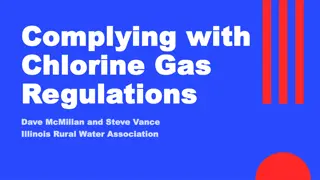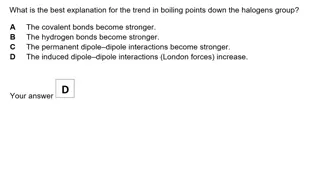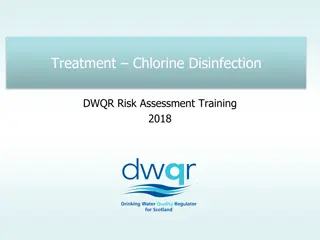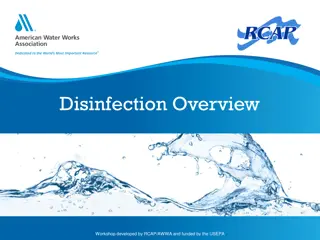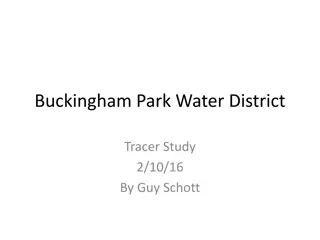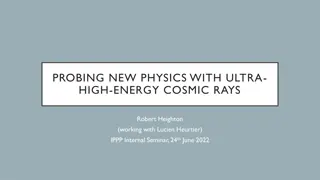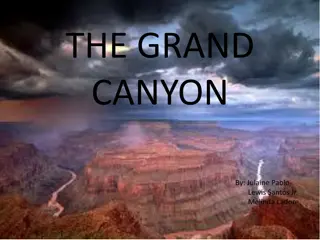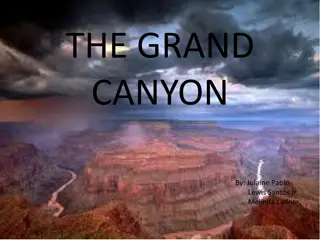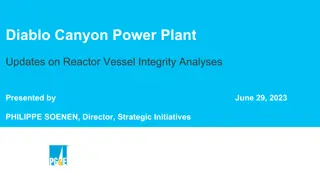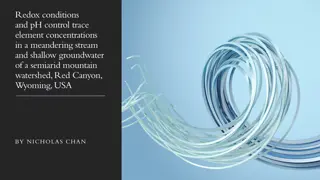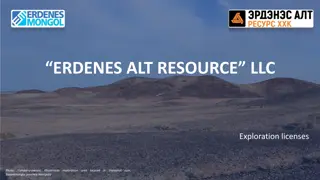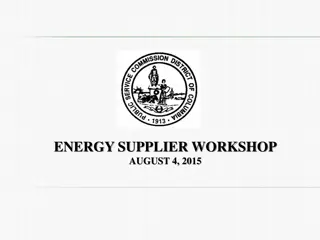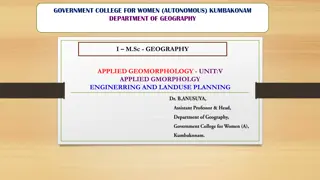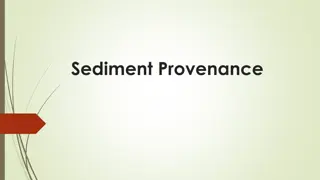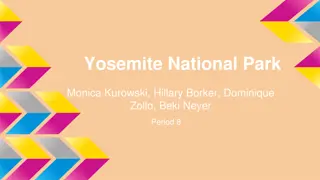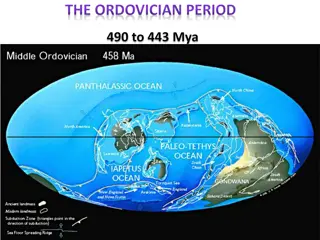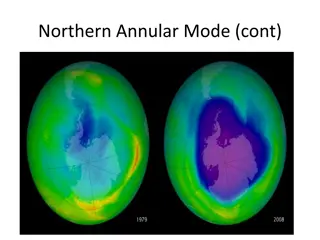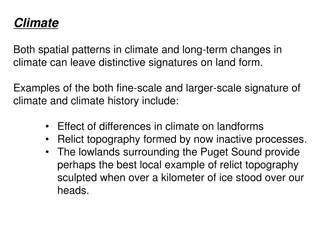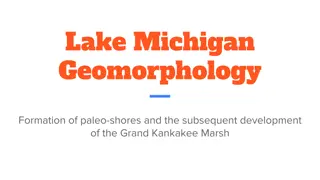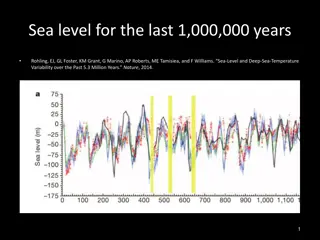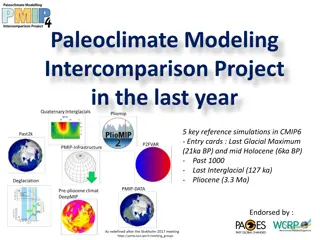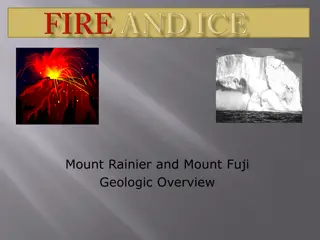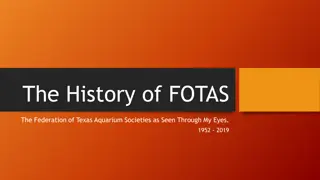Cosmogenic Chlorine-36 Chronology for Glacial Deposits at Bloody Canyon
Analyzing deposits from mountain glaciers using the cosmogenic chlorine-36 dating method in Bloody Canyon, Eastern Sierra Nevada. The study correlates the timing of glaciations with global ice volume peaks, showing agreement with marine oxygen isotope records. Boulder ages indicate rapid responses of small mountain glaciers to climate changes compared to larger ice sheets.
Download Presentation

Please find below an Image/Link to download the presentation.
The content on the website is provided AS IS for your information and personal use only. It may not be sold, licensed, or shared on other websites without obtaining consent from the author. Download presentation by click this link. If you encounter any issues during the download, it is possible that the publisher has removed the file from their server.
E N D
Presentation Transcript
Cosmogenic Chlorine-36 Chronology for Glacial Deposits at Bloody Canyon, Eastern Sierra Nevada Phillips et. al, 1990 Goals: Analyze deposits from mountain glaciers Deposits have proven to be difficult to date directly Correlate timing of glaciations with peaks of global ice volumes inferred from the marine oxygen isotope record
Background Most dating methods measure the formation of minerals rather than the age of geomorphic distribution Rock varnish 14C and cation ratio methods can provide limiting ages at the very least Climate is not arid enough to develop enough varnish to adequately date boulders National Geographic Society A new method using 36Cl cosmogenic nuclides was developed for dating glacial moraines as well as other geomorphic landforms Dating model assumes complete shielding of the boulder followed by rapid exposure that continues without interruption until measurement
Methods Bloody Canyon in the Mono Basin was selected for sampling because it has been well studied and a number of glacial moraines have been well-preserved there Relative ages between moraines can be determined from topographical relationships Measurement of Chlorine-16 accumulation produced by cosmic rays in boulders on moraine crests Boulders at moraine crests were sampled deemed least likely to have shifted or rolled during erosion Tallest boulders were sampled more likely to be exposed at the surface before erosion of the moraine crest, and their surfaces were more likely to be projected above the average snow depth spectrometry 36Cl/Cl ratios measured by accelerator mass QTi: Tioga | Qte: Tenaya QTay: Younger Tahoe | QTao: Older Tahoe QTa: Undifferentiated Tahoe | QMb: mono Basin
Boulder Ages and Glacial Maxima Ages: Tioga (Ti) near 20 ka independent 14C dates Tenaya (Tay) 24.3 +/- 0.9 ka Younger Tahoe (Tao) 60 ka Mono Basin (Mb) 110-120 ka Older Tahoe (Tao) 140-200 ka Marine Oxygen Isotope record correspondence: The intervals 120-110 ka and 70-60 ka correspond to ice volume peaks during the Wisconsin 24-20 ka maximum global ice Good agreement between timing in Bloody Canyon and global glaciation No correspondence with magnitude smaller moraines were deposited during maximum global ice Glacial Maxima Conclusion: Small mountain glaciers may respond more rapidly to global climate changes while larger ice sheets take longer to reach equilibrium with the global climate
